Tecnalia
M4.0 Optimizing Equipment Selection in the Metal Manufacturing Domain — with Data Spaces

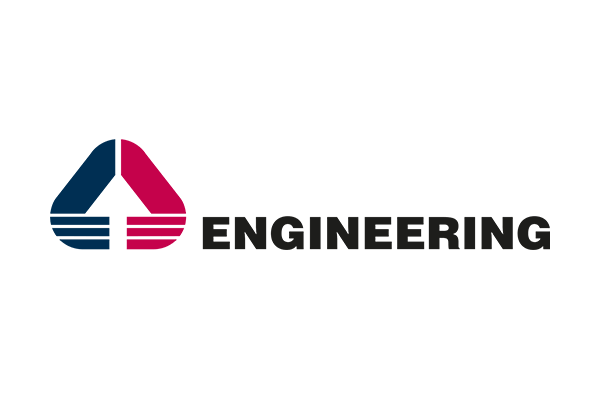



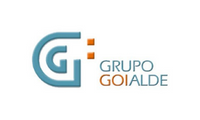


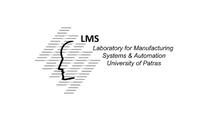


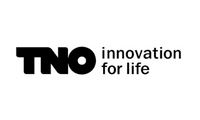
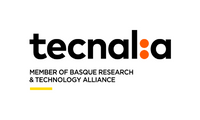
Challenge
Selecting the most suitable new manufacturing equipment is a time-consuming challenge for many customers. There’s no easy way to digest all available information about options, so customers must browse the internet, attend trade shows and talk to multiple experts in order to reach an informed decision. We wondered if data spaces could help integrate and streamline this process. We focused specifically on the metal domain.
Success
The M4.0 Metal Domain Data Space is based on the IDS Reference Architecture Model (RAM). It describes a robust and efficient solution for linking the inventories of different equipment manufacturers to an M4.0 service that analyses the customer’s requirements and returns the most suitable equipment options for a certain metal domain manufacturing process. The connection is made through IDS connectors and the inventories and services include essential IDS modules (i.e., clearing house, broker) that guarantee a trusted data exchange
- The M4.0 Metal Domain Data Space makes the selection of manufacturing equipment simpler and more efficient, getting to a better result in less time.
- It is flexible, offers two solutions:
- Connecting equipment manufacturer repositories with a single IDS connector. The equipment manufacturers do not require knowledge of the IDS RAM. Only the connector owner needs to have it.
- Connecting one service with multiple data providers/IDS connectors. The benefit of this is that the data provider controls the data flow and is independent of the connector provider.
Partners
- Ekin
- Engineering
- Exkal
- Gepro Systems
- Gizelis
- Goialde
- Intrasoft
- Kleemann
- LMS Lab of the University of Patras
- Prima Industrie
- Rico
- TNO
ComPONENTS
- IDS Connector
- Clearing House
- Broker
- ESS App
- Central platform







